News / Blog
Unlocking Innovation: The Future of Electronic Components in Smart Technology Development
In the rapidly evolving landscape of smart technology, electronic components play a pivotal role in driving innovation and efficiency. According to a report by Markets and Markets, the global electronic components market is projected to reach $2 trillion by 2026, underscoring the escalating demand for advanced devices that are integral to Internet of Things (IoT) ecosystems. This burgeoning market reflects a shift towards increasingly sophisticated smart technologies that rely heavily on high-performance electronic components to enhance connectivity, functionality, and user experience. As industries worldwide embrace automation and intelligent systems, understanding the future trajectory of electronic components becomes essential for stakeholders aiming to leverage these advancements for competitive advantage. By unlocking the potential of these components, businesses can not only accelerate the development of cutting-edge technologies but also contribute to a more interconnected and efficient future.
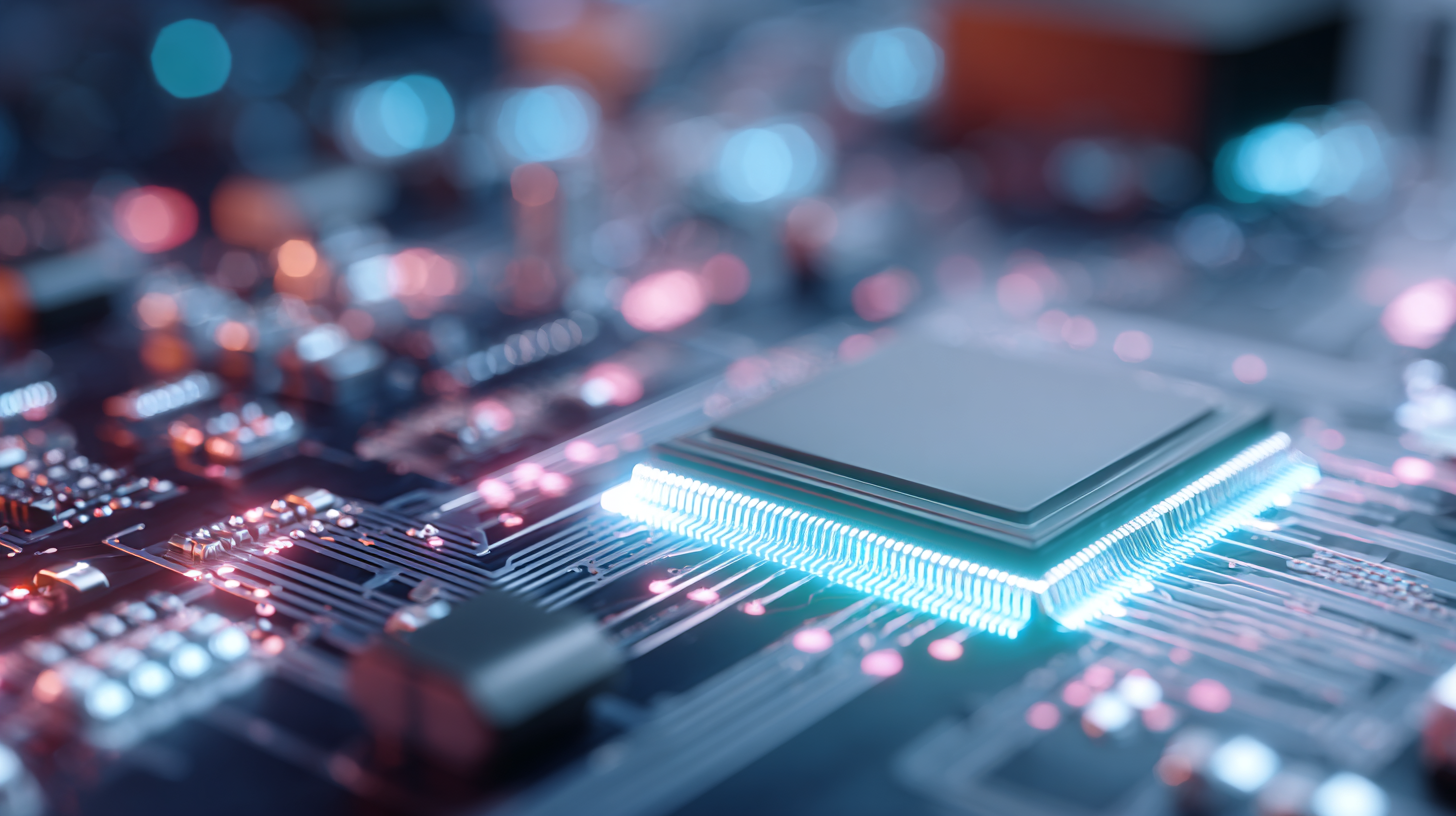
Emerging Trends in Electronic Components for Smart Devices
The electronic components market is undergoing a transformative phase, projected to grow significantly from $428.22 billion in 2025 to a remarkable $847.88 billion by 2032. This growth, driven by a compound annual growth rate (CAGR) of 10.3%, underscores the vital role that innovative components play in the evolution of smart technology. A key trend emerging in this landscape is the burgeoning demand for active electronic components, which is expected to hit USD 648.7 billion by 2034, reflecting a healthy 6.7% CAGR.
As smart devices continue to proliferate, the need for efficient thermal management in power electronics has gained prominence. The compact design of modern devices necessitates advanced thermal solutions to ensure reliability and performance. Innovations in cooling technologies and materials are becoming crucial as manufacturers strive to optimize the thermal characteristics of these components. This focus on thermal management not only enhances device longevity but also supports the trend toward greater energy efficiency in smart technology development. Such advancements are instrumental in driving the future of the electronic components market, paving the way for smarter, more efficient devices.
Key Innovations Driving the Future of Smart Technology Development
The rapid evolution of smart technology is closely tied to groundbreaking innovations in electronic components. At the heart of this transformation are miniaturized sensors and advanced microprocessors that enable devices to communicate and process data in real-time. These components are not merely functional; they are becoming increasingly intelligent, with capabilities such as machine learning and edge computing. This shift is crucial for developing applications that can adapt to user needs, enhance user experiences, and provide seamless interaction across various platforms.

Moreover, the integration of flexible electronics is paving the way for new possibilities in wearable technology and smart home devices. By utilizing materials that can bend and conform to different shapes, manufacturers can create more ergonomic and user-friendly gadgets. Coupled with improved energy efficiency through innovations like energy harvesting and low-power components, the future of smart technology looks promising. This synergy of cutting-edge electronic components is not only driving innovation but is also setting the stage for an interconnected world where devices work harmoniously to improve everyday life.
The Role of AI and Machine Learning in Electronic Component Design
The integration of artificial intelligence (AI) and machine learning (ML) into the design of electronic components is transforming the landscape of smart technology development. By leveraging vast datasets, AI algorithms can identify patterns and predict component performance, significantly speeding up the design process. This capability allows engineers to explore innovative materials and configurations that were previously inconceivable, ultimately leading to more efficient and durable electronic devices.
Furthermore, machine learning enables continuous improvement in component design through adaptive feedback mechanisms. As electronic components are deployed in real-world applications, they collect data that can be processed by ML models to refine their designs. This iterative approach not only enhances performance but also reduces the time and cost associated with traditional trial-and-error methods. As smart technology continues to evolve, the synergy between AI, ML, and electronic component design will be crucial in driving forward the next wave of innovation, paving the way for smarter and more responsive technological solutions.
Sustainable Practices in the Production of Electronic Components
The production of electronic components is increasingly focusing on sustainable practices, reflecting a broader industry's commitment to eco-friendly innovations amidst rising demand. According to recent market insights, the graphene oxide market is poised for significant growth, with different types such as solution-based and powder-based graphene oxide gaining traction. The increasing applications in paints and coatings, batteries, and medical technology signal a shift towards integrating sustainable materials in electronic components, aligning with environmentally responsible manufacturing.
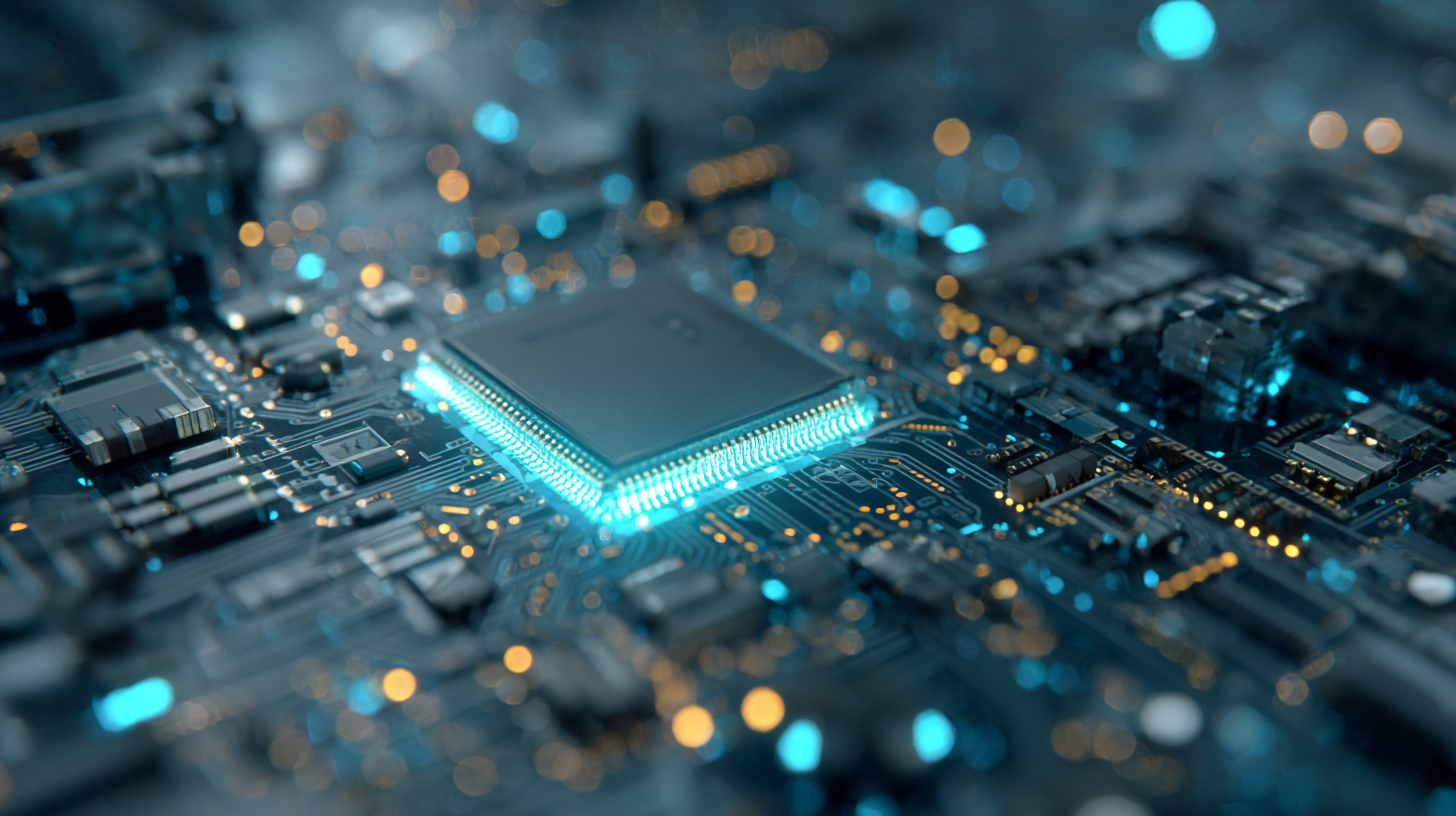
Moreover, the aluminum carbide products market is expanding rapidly, driven by applications in aerospace and automotive sectors. Insights reveal that innovations in thermal management systems and structural components necessitate sustainable supply chains and materials. With a projected compound annual growth rate (CAGR) anticipated to reach 5.57% by 2033, it underscores the urgency for manufacturers to adopt green practices in production processes, thereby enhancing their competitive edge in an increasingly eco-conscious global market. The industry's evolution toward sustainable practices sets a precedent for how future electronic components will be developed, integrating efficiency and environmental responsibility.
Integrating IoT with Electronic Components for Enhanced Functionality
The integration of IoT with electronic components is set to revolutionize smart technology development. Active components such as diodes, transistors, and integrated circuits play a crucial role in enhancing functionality across various applications. They enable seamless connectivity and intelligent processing capabilities, facilitating real-time data exchange and analysis. The market for these components is on a significant growth trajectory, driven by the increasing demand for consumer electronics, automotive innovations, and advanced communication systems.
Moreover, the rise of 3D integrated circuits (3D IC) represents a critical leap forward in component design. By stacking multiple layers of semiconductor devices, 3D ICs minimize space and reduce energy consumption, essential for compact and efficient smart devices. The packaging technologies, like Wafer-Level Packaging (WLP) and Through-Silicon Via (TSV), are pivotal in enabling these advancements, providing higher performance and reliability. As the electronic components market evolves, the emphasis on low-dielectric materials further underscores the importance of reducing signal loss and interference in high-frequency applications, which is essential for the enhanced performance of IoT-enabled technologies.
Unlocking Innovation: The Future of Electronic Components in Smart Technology Development
| Component Type | Functionality | Integration with IoT | Expected Impact (Scale of 1-10) | Future Trends |
|---|---|---|---|---|
| Microcontrollers | Data processing, control | Seamless data communication | 9 | Increased AI integration |
| Sensors | Environmental monitoring | Real-time data collection | 10 | Miniaturization of devices |
| Actuators | Movement and control | Remote operation | 8 | Smart automation |
| Power Management ICs | Energy efficiency | Optimized power usage | 9 | Sustainable technology |
| RFID Tags | Item tracking | Enhanced logistics | 7 | Integration with smart cities |
Related Posts
-
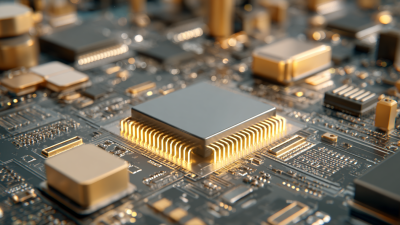
Unlocking Innovation: The Role of Electronic Components in Shaping Future Technologies
-
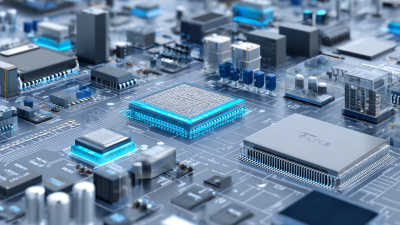
Navigating Trends in Electronic Components at the 138th Canton Fair 2025 in China
-
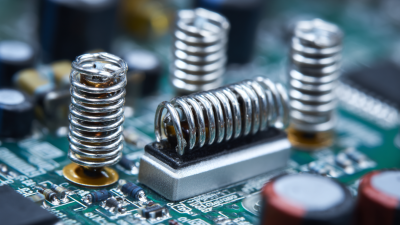
How to Optimize Electronic Resistors for Improved Circuit Performance and Reliability
-

How to Navigate the Best Electronic Components Website for Your Project Needs
-
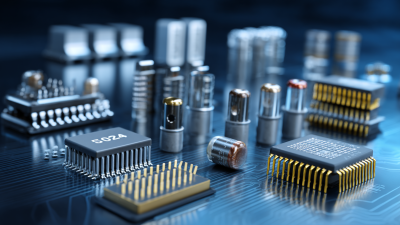
Exploring Market Trends for Electronic Components at the 2025 Canton Fair in China
-
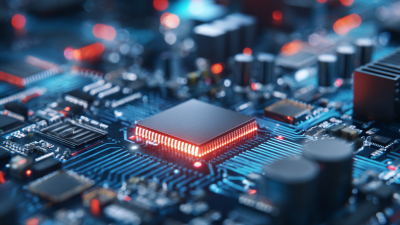
The Future of Smart Devices How Electronic Components Are Revolutionizing Technology
